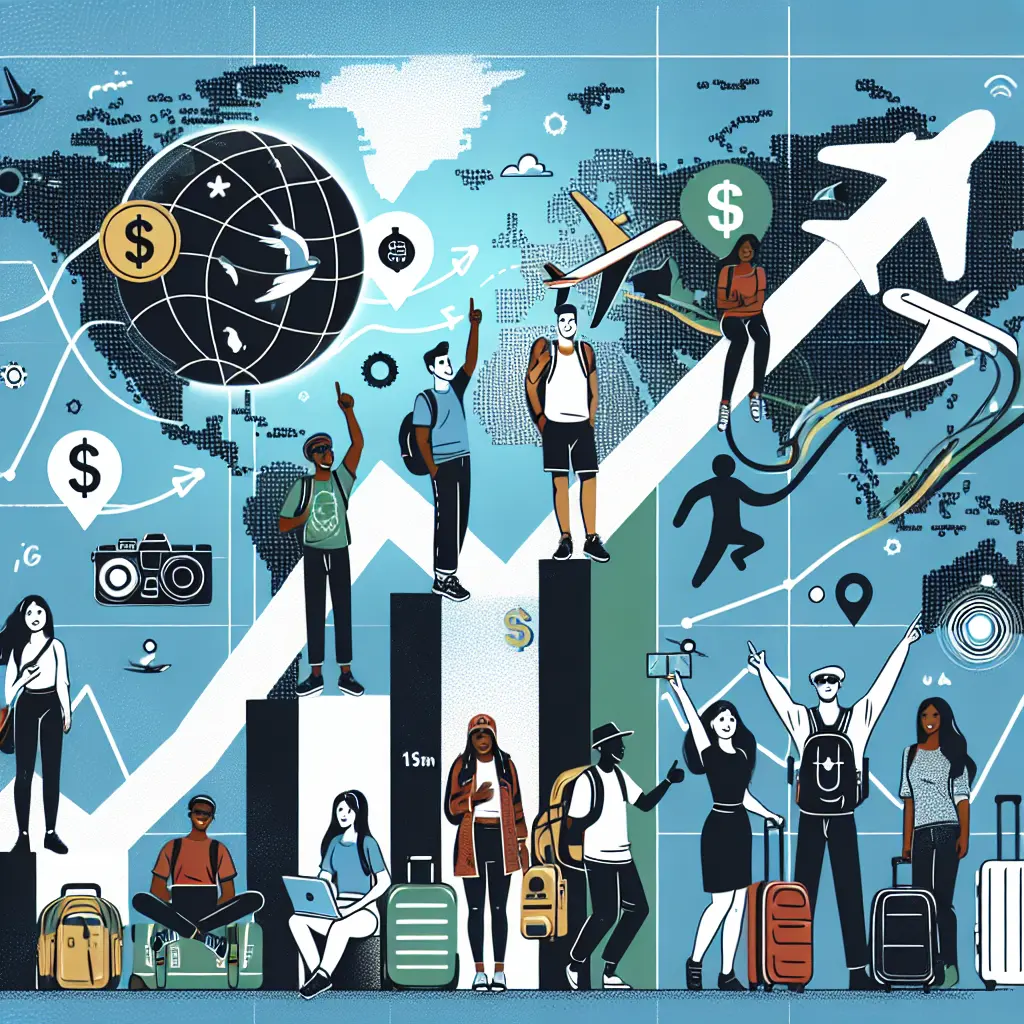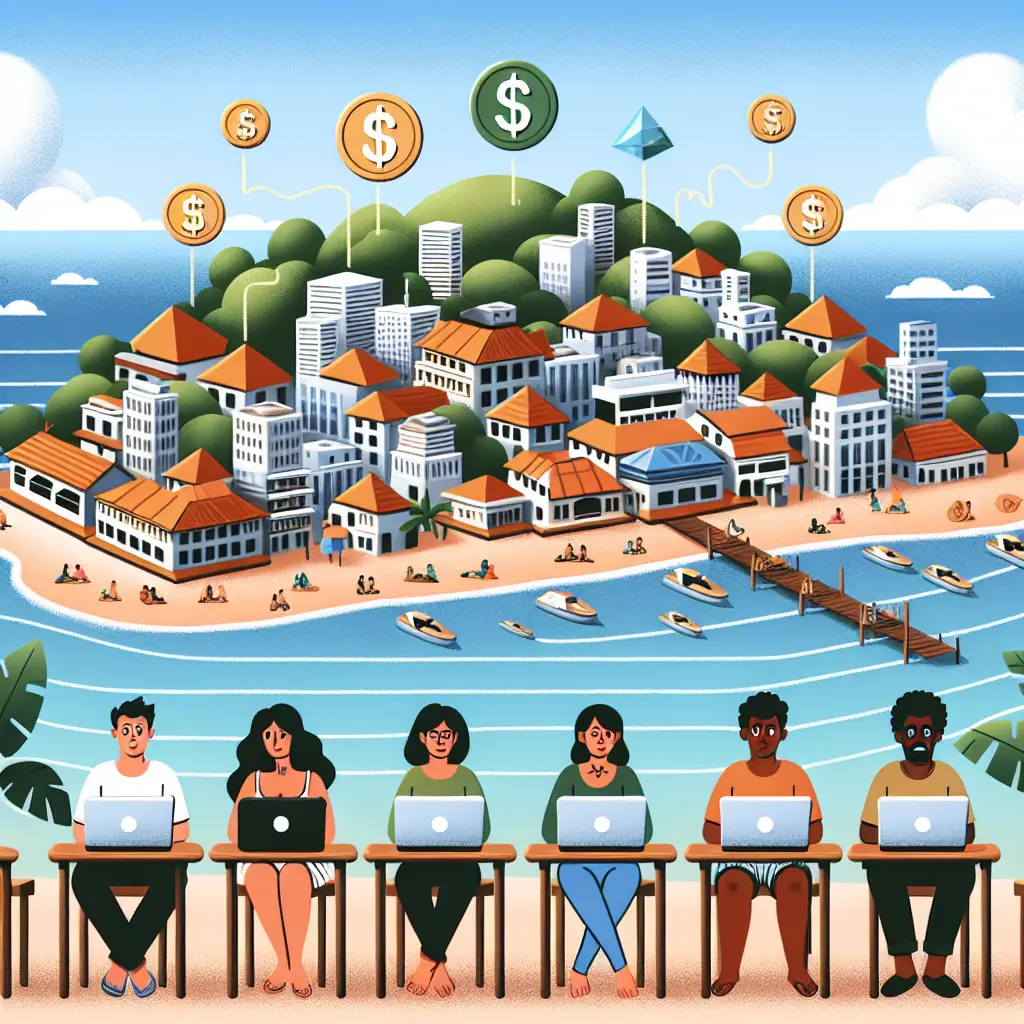The digital nomad lifestyle is reshaping the global travel landscape, as remote work flexibility empowers a new wave of solo adventurers.
In recent years, the rise of remote work has not only revolutionized the way we approach our careers but also how we experience the world. This shift is fueling a remarkable boom in solo travel—especially among Gen Z and Millennials—driving the solo travel market to an expected value of $1.07 trillion by 2030. Let’s dive into how digital nomadism is intertwined with this exciting trend and what it means for those seeking freedom, adventure, and self-discovery.
The Digital Nomad Effect: Remote Work Meets Wanderlust
The ability to work from anywhere has transformed how—and where—people choose to live. For many digital nomads, the world has become their office, offering a flexible lifestyle that merges productivity with exploration. Here’s how this freedom is shaping solo travel:
Work-Life Integration: Digital nomads are crafting routines that blend work responsibilities with immersive travel experiences. Whether it’s answering emails from a Balinese café or joining Zoom calls from a mountain lodge, location independence is the new norm.
Extended Stays: Unlike traditional tourists, remote workers often opt for longer stays in each destination. This enables deeper cultural immersion and a more authentic experience.
Destination Diversity: With no need to return to a home base regularly, digital nomads are venturing beyond major cities to lesser-known locales—supporting local economies and discovering hidden gems.
The Role of Technology & Social Media
Technology is the backbone of the digital nomad lifestyle and the solo travel surge. Key factors include:
Connectivity: High-speed internet and collaborative platforms make it feasible to work from virtually anywhere.
Community Building: Social media groups and forums connect solo travelers, offering advice, meetups, and support networks.
Travel Planning Tools: Apps for accommodation, transportation, and local experiences streamline logistics, making solo journeys safer and more accessible.
Why Gen Z and Millennials are Leading the Way
Younger generations are at the forefront of this movement, driven by unique motivations:
A Desire for Experiences: Rather than material possessions, Gen Z and Millennials value unique experiences and personal growth.
Eco-Conscious Choices: Many opt for sustainable travel options, integrating eco-friendly practices into their nomadic lifestyles.
Independence and Flexibility: Solo travel offers autonomy over itineraries, encouraging spontaneous adventures and self-reliance.
Tips for Aspiring Digital Nomads
If you’re considering joining the ranks of digital nomad solo travelers, keep these tips in mind:
1. Research Destinations: Prioritize places with reliable internet and coworking spaces.
2. Stay Connected: Join online communities to find support, events, and like-minded travelers.
3. Balance Work & Play: Set boundaries to maintain productivity while embracing new experiences.
4. Embrace Local Culture: Learn basic phrases, try local foods, and respect customs for a richer journey.
Looking Ahead: The Future of Solo Digital Nomadism
As more companies embrace remote work policies, the digital nomad community will only continue to grow. This lifestyle offers unparalleled freedom but also demands adaptability, responsibility, and a spirit of adventure.
For those who crave independence and global exploration, the digital nomad lifestyle—supported by technology and an ever-growing community—is rewriting the rules of travel and work.
Curious about the numbers? Dive deeper into this booming trend here.
Wishing you safe travels and endless inspiration on your digital nomad journey!










Leave a Comment